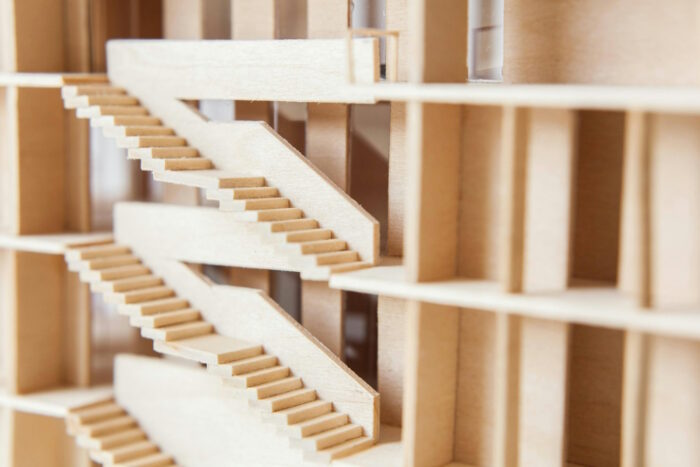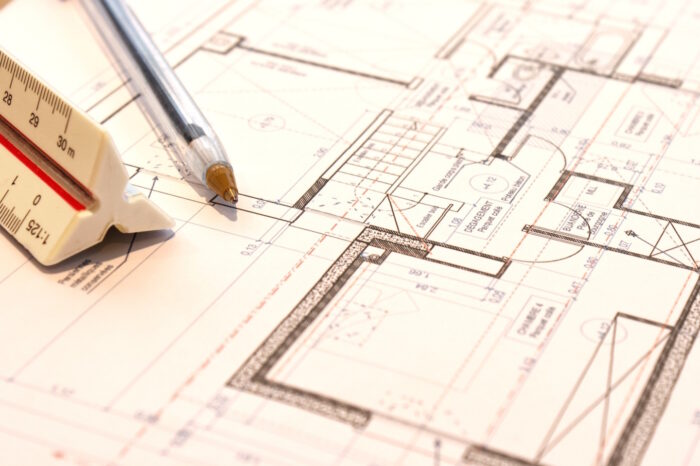Architecture
- UCAS Code: K100
- Campus Code: 4
- Duration: 4 years
- Places per year: 2-3
Architecture combines the intellectual challenges of both arts and sciences with the opportunity for creative design.
Study history and philosophy of architecture, participatory practice, inclusivity, contemporary culture and urbanism. Alongside this you’ll learn about construction, structural design and environmental design.
For an overview of the course content, visit the Architecture course page on the University website. For information about the course at Trinity Hall, continue reading this page!
Architecture
Looking for something specific? Use these quick links to get to where you want to go…
Architecture: What's It Like?
If you’re interested in what one of our current students has to say about their experience of studying Architecture, why not watch this episode of our podcast series, ‘Cambridge from the Inside‘?

Entry Requirements
Minimum Offer Level
A-Level: A*AA
IB Diploma: 42 points, with 776 at Higher Level
Other: See the University’s Entry Requirements page
Subject Requirements
Whilst we don’t require any specific subjects to apply to Architecture, we would recommend certain subjects for a strong application:
- Mathematics
- Art & Design
- Physics
The course demands that students are able to draw with precision and to develop ideas in visual ways, so students are likely to have studied Art at school before applying to read Architecture. Similarly, the study of Mathematics or Physics provides crucial grounding for the technical aspects of design.

Admissions Process
Written Work
All Colleges will ask Architecture applicants to submit a PDF (6 A4 pages, and less than 15MB in size) of their own artwork prior to interview. The selection of images should, in part, reflect material you might bring to interview as part of your portfolio.
You do not have to send this work before applying; we will write to you after you have applied and let you know exactly what you need to send and when.
Admissions Assessment
If shortlisted for interview, you will be asked to take an admissions assessment. The College will register you for this – you do not need to register yourself. See also the University website’s page on College Admission Assessments.
Interviews
Two interviews, usually around 25 minutes each.
Portfolio
If invited for interview, candidates are asked to present a portfolio of art work, either from their school studies or work produced independently. This can include a wide range of work, including drawings, paintings, sculpture* and photography. (*If you want to show us 3-D work, it’s usually sufficient to show it through photographs.)
